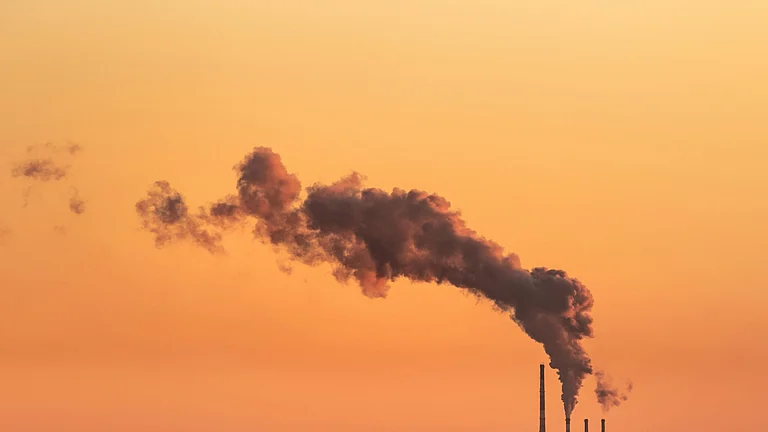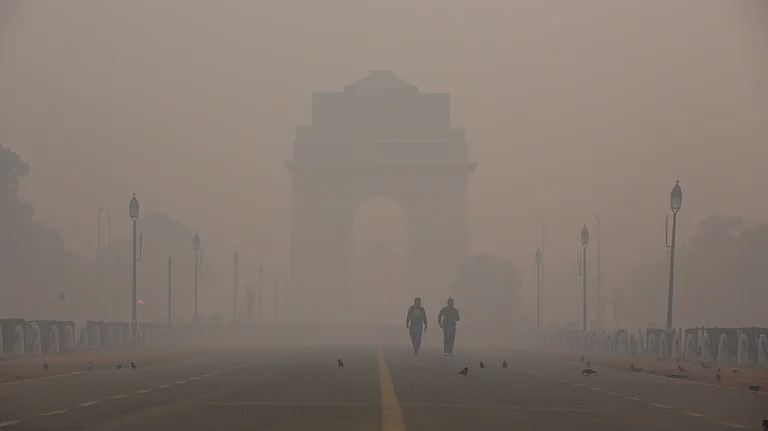The Los Angeles wildfires, which have already destroyed over 12,000 structures and scorched more than 60 square miles, continue to destruct parts of Southern California. At least 25 people have been reportedly killed so far. With strong gusty winds still in effect, other regions of Southern California still remain at risk for starting new blazes.
The Los Angeles wildfires began on January 7 and have been burning since. According to AlJazeera, three major wildfires are still burning in Los Angeles as of January 15. The Palisades fire, which has scorched 9,596 hectares (23,713 acres) with 17% containment; the Eaton fire, which has burned 5,712 hectares (14,117 acres) with 35% containment; and the Hurst fire, covering 323 hectares (799 acres) with 97% containment. In Ventura County, the Auto wildfire, which started on January 13, has spread to 24 hectares (61 acres) and is now 47% contained.
Despite tireless firefighting efforts, the wildfire smoke continues to blanket Los Angeles, impacting residents beyond the fire zones. This cloud of toxic pollution poses long-term health risks, as its harmful effects last long after the flames subside.
Impact of Wildfire Smoke
According to a report by Stanford University, wildfire smoke is approximately ten times more toxic than regular air pollution from fossil fuels. The wildfire smoke is primarily composed of fine particulate matter (PM2.5), which is smaller than 2.5 microns in diameter. As per another study published in the journal Nature, this particulate matter can penetrate deep into the lungs, enter the bloodstream and affect nearly every organ, leading to a range of health problems, particularly for vulnerable populations.
The other constituent components of a wildfire smoke include gaseous pollutants (e.g., carbon monoxide), hazardous air pollutants (HAPs) (e.g., polycyclic aromatic hydrocarbons [PAHs]) and water vapor. The composition of gaseous pollutants depends on factors such as the type of fuel being burned, the intensity of the fire and atmospheric conditions. These factors can lead to the release of fine particulate matter, harmful gases, volatile organic compounds and toxic substances, like benzene and heavy metals.
Children, people with preexisting respiratory or cardiovascular conditions, middle-aged and older adults, pregnant women and fetus are particularly vulnerable to wildfire smoke. Experts recommend wearing N95 masks outdoors and installing portable air cleaners or HVAC systems in schools and homes. Public health strategies, including multilingual alerts, stricter air quality thresholds and targeted interventions, are essential to mitigate the health impacts.
The Stanford University report also underscored need for targeted public health interventions, including multilingual communication strategies and alert systems for vulnerable populations, implementation of stricter air quality thresholds and provision of accessible healthcare for affected populations. Additionally, experts advocated for integrating climate resilience into public health strategies to address the root causes of such disasters.






.jpg?w=801&auto=format%2Ccompress&fit=max&format=webp&dpr=1.0)
























